
Your donors crave routine. Just like your morning coffee ritual makes you feel good, your donors need that same comfort from you.
Here’s the truth: 46% of donors leave because they don’t get enough updates. And 70% would give more if they knew what happened to their gifts.
That’s where print newsletters come in. They’re not just nice updates or stewardship pieces. When done right, they’re revenue generators.
Why Your Donors Need Routine
Think about your daily habits. Same coffee mug. Same brewing method. Maybe the same chair.
That routine isn’t boring. It’s comforting. It makes you feel stable when everything else feels crazy.
Your donors feel exactly the same way when your newsletter lands in their mailbox. Whether you send it monthly or every three months, that regular contact becomes something they look forward to.
It tells them their gift is working.
When donors know they’ll hear from you regularly—not just when you need money—they trust you more. And trust? That’s the foundation of all fundraising.
Why Print Beats Email Every Time
I know what you’re thinking. “Print costs money. Email is free.”
But here’s what matters: print newsletters don’t just cost money. They make money. Big money.
Child Bridge sent their first print newsletter and it brought in $20,000. Nashville Rescue Mission raised $2 million annually with its print newsletter alone.
Print Works Better Because:
Print is “sticky,” meaning it stays around. Your email gets deleted in seconds. But that newsletter sits on the kitchen counter. Gets passed to a spouse. Maybe tucked in a purse to read later. It has staying power.
Veteran fundraisers have stories about getting checks from envelopes coded from mailings 10 years ago!
Print shows you care. When donors see you spent money on printing and postage, they know you value them. It’s like getting a handwritten note instead of a text message.
Print is harder to ignore. We delete emails with one click. But that newsletter in the mailbox needs a decision: read it, save it, or throw it away. That extra step means more people actually read it. Those veteran fundraisers who’ve been around the block have seen gifts arrive in envelopes from 10-year-old newsletters!
The Simple Formula That Makes Money
For years, I got newsletters wrong. I thought they were just nice thank-you pieces. Then I learned how newsletters done right bring in real money.
The formula is simple:
- One 11 x 17 sheet folded in half to make four pages
- Fold it again to fit in a regular envelope
- Mail it in a #10 envelope (never as a self-mailer)
- Put a teaser on the envelope: “Your latest donor newsletter enclosed”
- Always include a reply envelope
- Mail only to current donors
- Send monthly, quarterly, or every three months
The secret isn’t a fancy design. It’s the right mindset. This isn’t a PR piece about how great you are. This is a love letter to your donors about the impact they’re creating.
Making Every Dollar Count
“But we can’t afford fancy printing,” you might say.
Good news: you don’t need fancy. Testing shows that one-color, two-color, or full-color didn’t matter for results. What mattered was the envelope, the reply device, and donor-focused content.
Think about it: if Child Bridge’s first newsletter brought in $20,000, and printing costs maybe $2,000, that’s ten dollars back for every dollar spent.
What other fundraising gives you results like that?
When You Invest in Print, You’re Buying:
- Donor retention (regular contact keeps donors engaged)
- Bigger gifts (connected donors give more)
- Lifetime value (happy donors give year after year)
- Word-of-mouth (satisfied donors tell friends)
- Legacy giving opportunities
What Happens When You’re Consistent
Here’s the magic of regular newsletters:
Month 1: Donors are surprised. “How nice! They told us what happened with our gifts.”
Month 6: Donors expect it. They look forward to your updates.
Month 12: Your newsletter becomes routine. They notice if it’s late.
Month 24: You have newsletter donors—people who give because your newsletter moves them.
This only works if you’re consistent. Skip issues and you lose the momentum that makes newsletters powerful.
How to Start Smart
You don’t need a design degree or a huge budget. Here’s how to start:
Make Donors the Heroes
In every story, put donors first. “We opened a clinic” becomes “You Made Our New Clinic Possible.”
Tell Stories, Not Stats
One good story about how a gift changed a life beats a dozen charts about efficiency. Stories stick. Numbers don’t.
Make It Easy to Scan
Use strong headlines, photo captions, and short paragraphs. Many donors skim before they read.
Show People’s Faces
We look at faces first, especially when someone looks at the camera. Stock photos work fine if you need them for privacy.
Include a Way to Give
This isn’t primarily about asking for money, but donors who are moved should be able to respond quickly and easily.
The Routine That Changes Everything
When you commit to regular print newsletters, you change how donors see you. Instead of hearing from you only when you need money, they hear about the good work they’re making possible.
This changes the conversation from “What do you want from me?” to “Look what we’re doing together!”
In our uncertain world, that positive, regular routine isn’t just nice. It’s vital. Your donors need to know their gifts make a steady difference.
And your organization needs the steady income that regular newsletters provide.
Start Your Newsletter Routine Today
The question isn’t whether you can afford print newsletters. It’s whether you can afford not to do them.
Your donors are waiting to hear from you. They want to know their gifts matter. They’re ready to give more when they see the impact they’re making.
Start your routine with the next newsletter. When will you send yours?
Ready to create newsletters that raise money? Learn the complete system in Simple Development Systems and discover proven newsletter strategies that work. Start building the donor relationships that fund your mission.
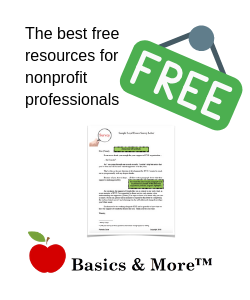
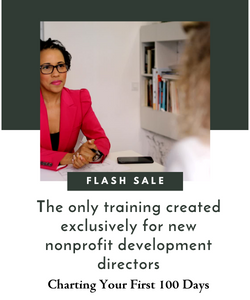
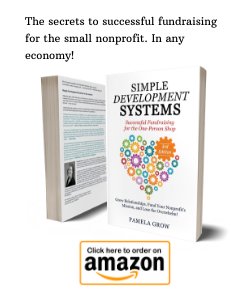
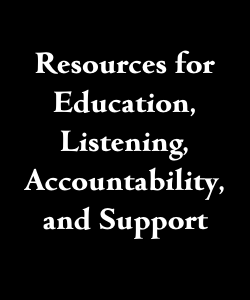
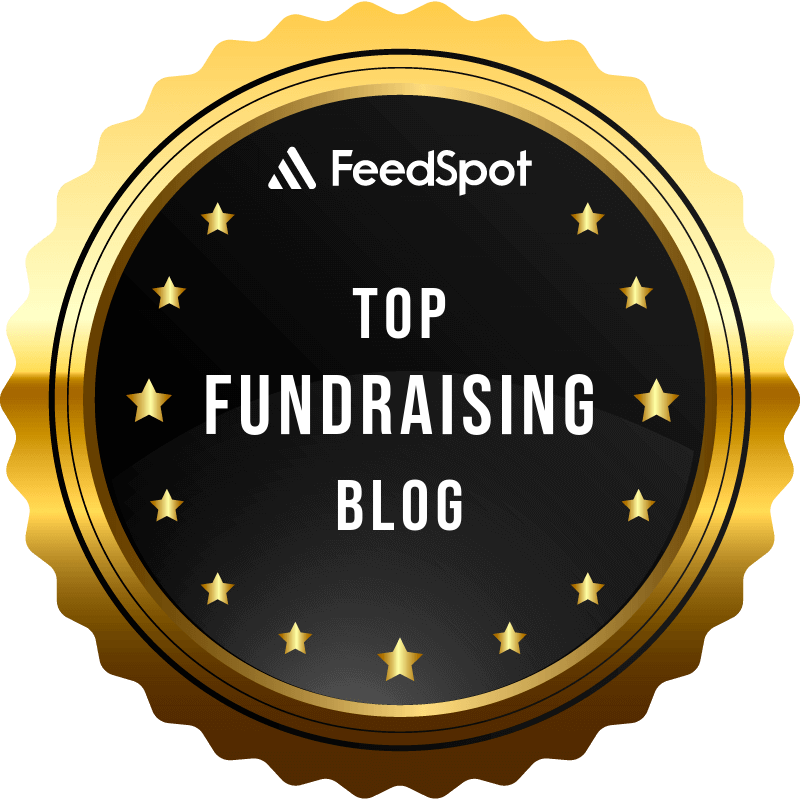
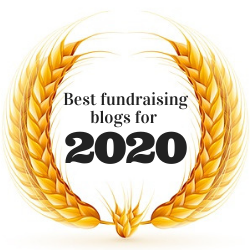

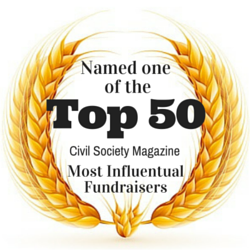
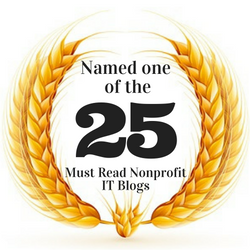




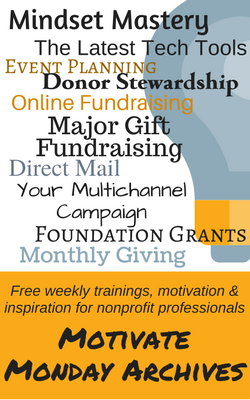

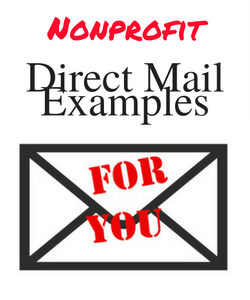
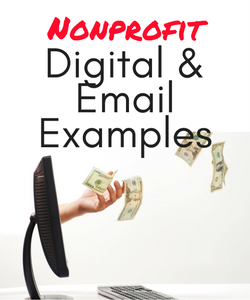

 I can’t wait to meet with you personally.
I can’t wait to meet with you personally.
Comments on this entry are closed.